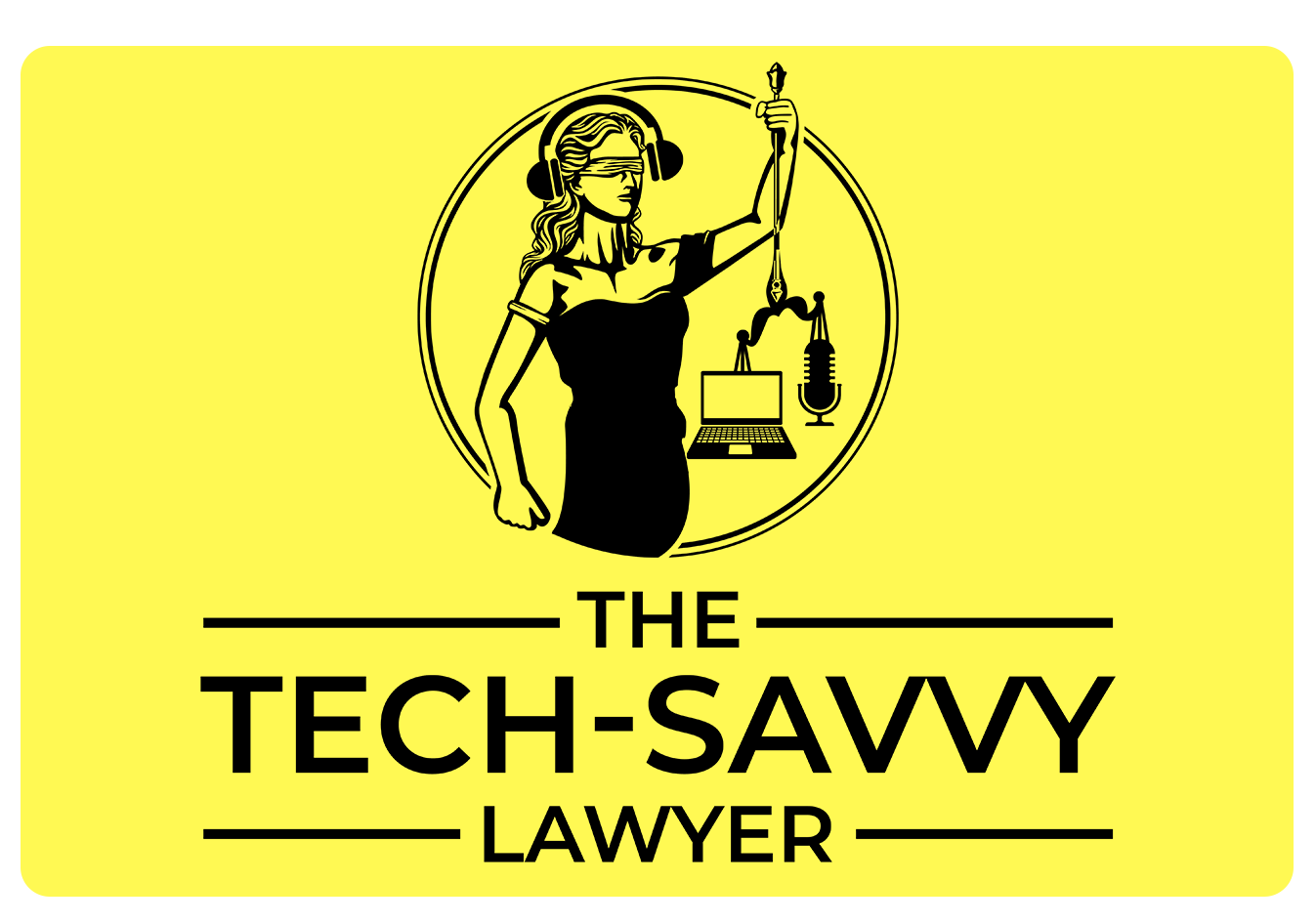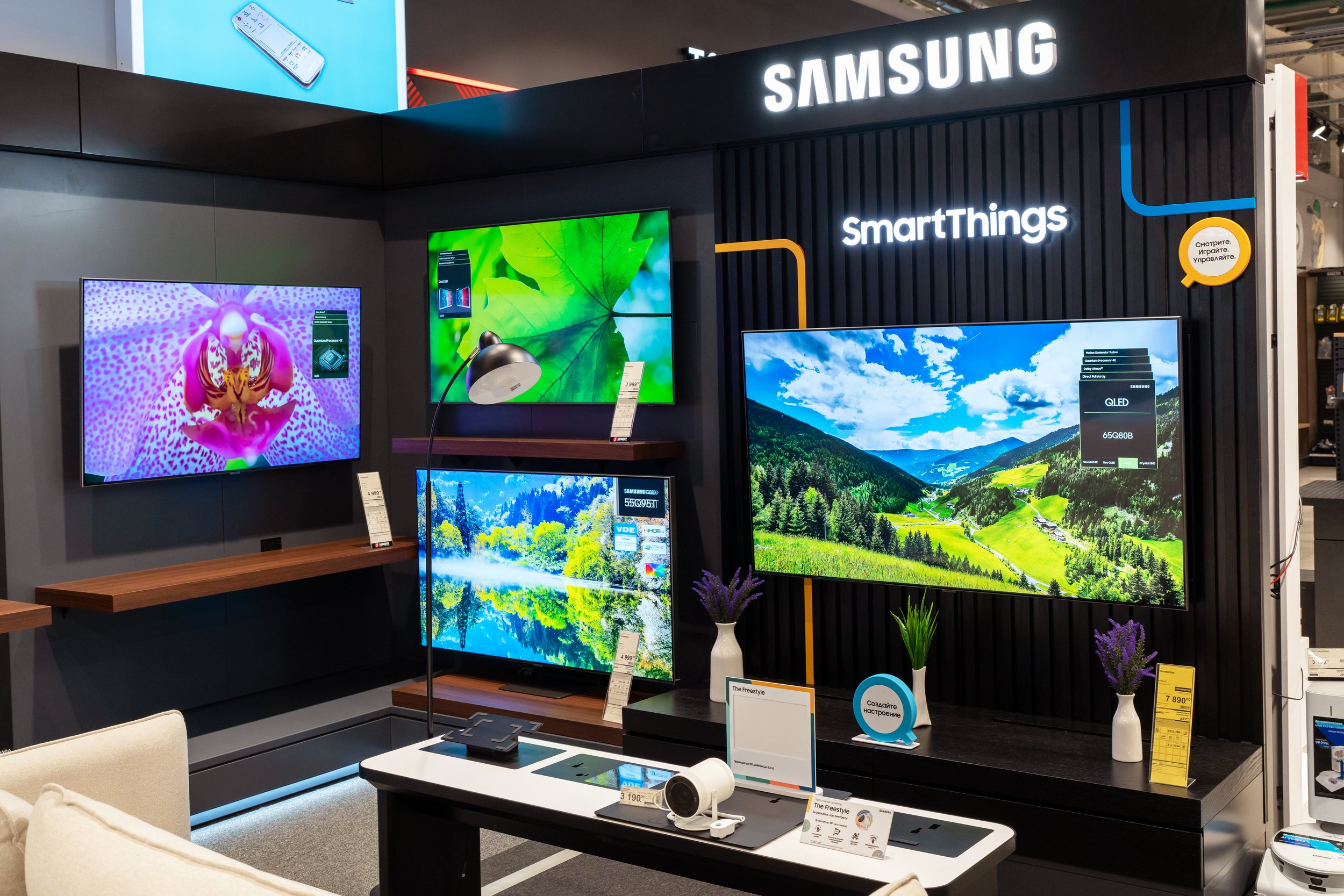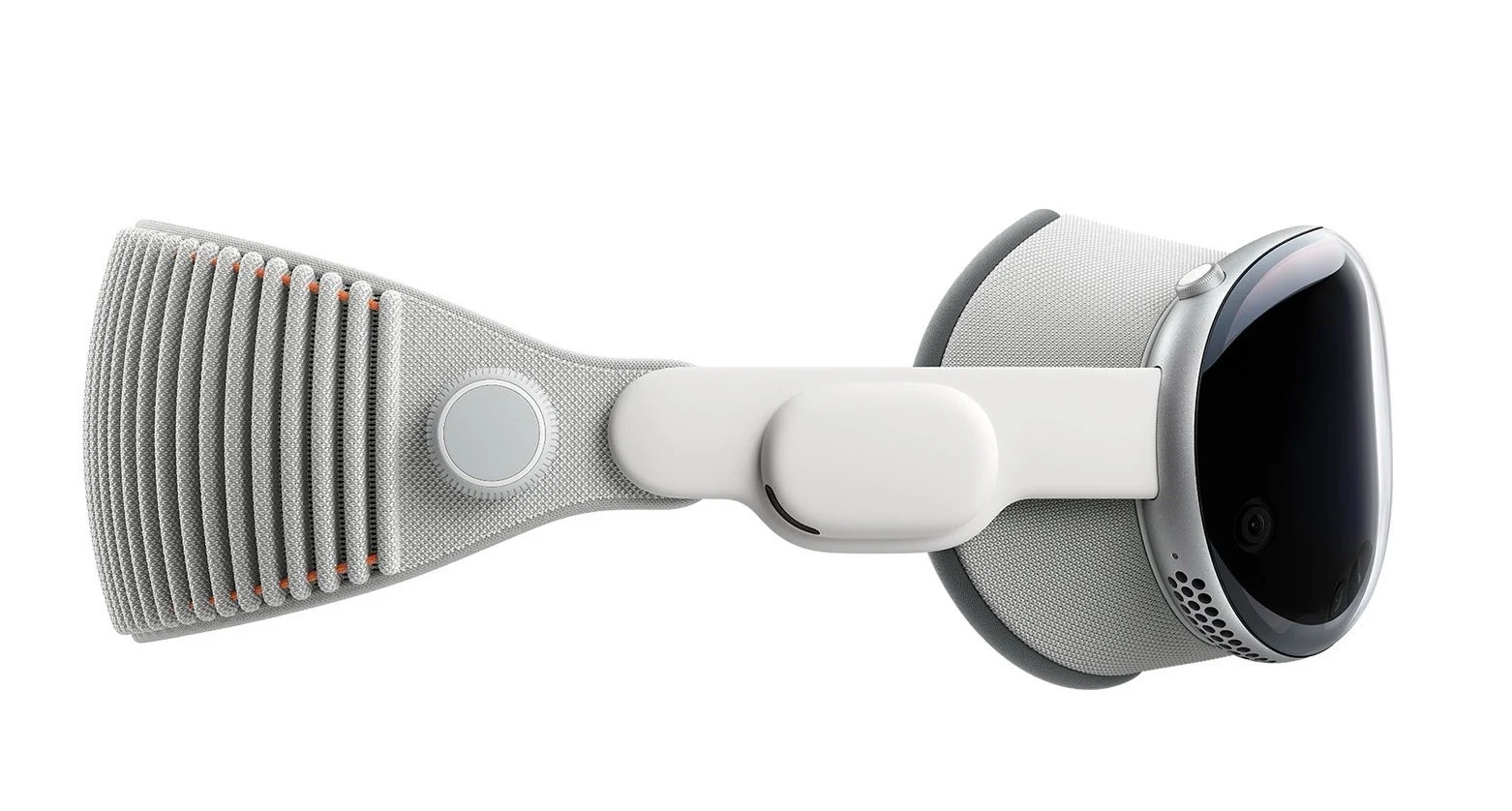🚨 BOLO: Apple's Latest Update Activates AI - Lawyers, Protect Your Clients' Data! 🚨
/Attention tech-savvy lawyers! 📱💼 Apple's recent iOS and macOS updates have automatically enabled Apple Intelligence, raising significant concerns about client confidentiality and data privacy. As legal professionals, we must remain vigilant in protecting our clients' sensitive information. Here's what you need to know:
The Stealth Activation 🕵️♂️
In the last 24 hours, Apple released iOS 18.3, iPadOS 18.3, and macOS Sequoia 15.3, which automatically activate Apple Intelligence on compatible devices. This AI-powered suite offers various features, including rewriting text, generating images, and summarizing emails. While these capabilities may seem enticing, they pose potential risks to client confidentiality. 🚨
Privacy Concerns 🔒
Apple claims that Apple Intelligence uses on-device processing to enhance privacy. However, the system still requires 7GB of local storage and may analyze user interactions to refine its functionality. This level of data access and analysis raises red flags for lawyers bound by ethical obligations to protect client information.
Ethical Obligations ⚖️
Check your apple setting if you want to turn off “Apple Intelligence”!
The ABA Model Rules of Professional Conduct, particularly Rule 1.6, emphasize the duty of confidentiality. This rule extends to all forms of client data, including information stored on devices or accessed remotely. As tech-savvy lawyers, we must exercise reasonable care to prevent unauthorized disclosure of client information.
Potential Risks 🚫
Using AI-powered features without fully understanding their implications could lead to inadvertent breaches of client confidentiality. As we've discussed in our previous blog post, "My Two Cents: With AI Creeping Into Our Computers, Tablets, and Smartphones, Lawyers Need to Be Diligent About The Software They Use," lawyers must be cautious about adopting new technologies without proper vetting.
Lawyers MUST maintain reasonable competency in the use of technology! 🚨 ABA MRPC 1.1 [8] 🚨
Lawyers MUST maintain reasonable competency in the use of technology! 🚨 ABA MRPC 1.1 [8] 🚨
Steps to Take 🛡️
Disable Apple Intelligence: Navigate to Settings > Apple Intelligence & Siri to turn off specific features or disable the entire suite.
Educate Your Team: Ensure all staff members are aware of the potential risks associated with AI-powered features.
Review Privacy Policies: Carefully examine Apple's privacy policies and terms of service related to Apple Intelligence.
Implement Additional Safeguards: Consider using encrypted communication tools and secure cloud storage solutions for client data.
Final Thoughts 🧐
As we navigate this rapidly evolving technological landscape, it's essential to balance innovation with ethical obligations. Lawyers can thrive as tech-savvy professionals by embracing technology to enhance their practice while safeguarding client trust. Remember, maintaining reasonable competency in the use of technology is not just advisable—it’s an ethical duty. See Comment, #8, to ABA Model Rule, #1.1.
Subscribe to The Tech-Savvy Lawyer.Page for updates on this developing situation, news on the evolving impact of AI on the practice of law. Together, we can navigate the complexities of legal technology while upholding our professional responsibilities.
Stay safe, stay informed, and stay tech-savvy! 🚀📚💻
Happy Lawyering!































